President Trump's "Revival" Ambition
In 1970, more than 25% of the US workforce worked in manufacturing. Today, that number is just 8%. Since returning to the White House, US President Donald Trump has launched a series of tariffs and shown his ambition to "revive" the US manufacturing industry.
“For many years, we have been outdone by virtually every country in the world ,” President Donald Trump wrote on the social media platform Truth Social, noting America’s heavy reliance on imports and a $1.2 trillion trade deficit in goods by 2024.
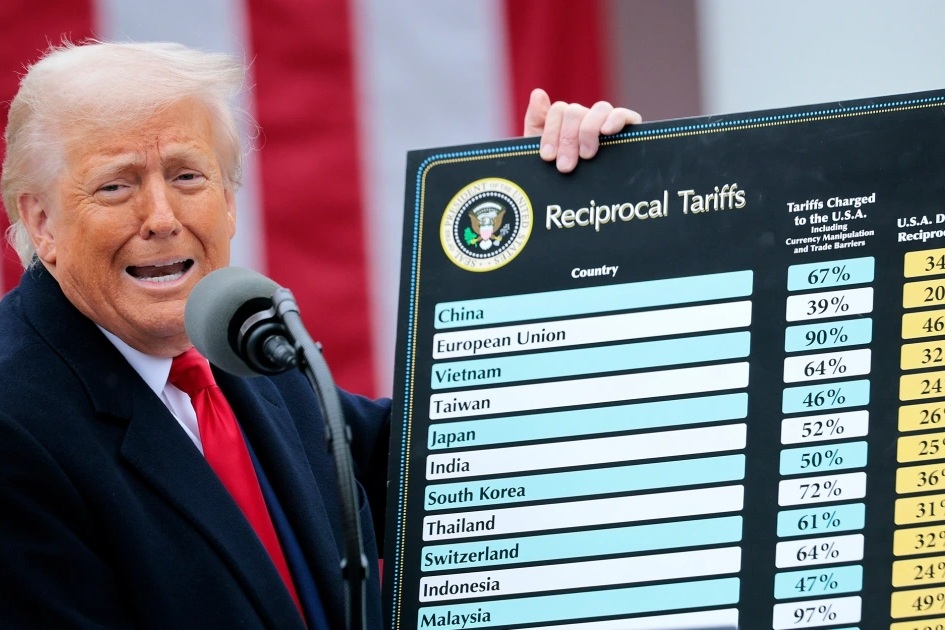
US President Donald Trump announced new tax policy (Photo: Reuters).
On April 9, President Donald Trump announced a 90-day pause on the higher tariffs he announced last week on most countries, while maintaining the base 10% across the board. However, China was the exception, with the US administration raising reciprocal tariffs on the country to an unprecedented level in history.
On April 17, Mr. Trump again signaled that the US wanted to end the retaliatory tariff war with China in the past few months. "I don't want the tariffs to go up anymore, because at some point, it will stop people from buying. I may even want to lower them, so people can continue to spend," Mr. Trump told reporters at the White House.
Analysts say this is a signal that the US wants to end the retaliatory tariff war with China in the past few months. Since the beginning of his term, the US President has announced three additional import tariffs on China, with the reciprocal tariffs being raised twice in just a few days. Currently, the total US import tariffs imposed on China during Mr. Trump's term are 145% on all products and 245% on some items.
After each time Washington announced tariffs, Beijing launched a response policy, including imposing import tariffs at equivalent levels, tightening exports of many important metals, and putting US businesses on the list of unreliable entities or restricting exports.
The Trump administration hopes its new round of tariffs will reverse decades of decline, but restoring the factory towns and assembly lines that defined America 50 years ago may be difficult in the current climate.
"America's steelworkers, autoworkers, farmers and skilled craftsmen have watched as foreigners took our jobs and factories," Trump said at an event at the White House.
Times change
Following Mr. Trump’s tariff announcement, several major corporations said they would set up new factories or production lines in the U.S. Specifically, Hyundai recently announced plans to build a $5.8 billion steel plant in Louisiana to supply its auto plants in Alabama and Georgia, USA.
Honda will build its next-generation Civic hybrid in Indiana instead of Mexico to avoid tariffs on one of its best-selling models , it told Reuters.
Apple also said it would hire 20,000 more workers and produce AI servers in the US in a bid to get tariff relief on imports from China. Other companies such as Volvo Cars, Volkswagen’s Audi and Mercedes-Benz have also announced they will move some production to the US this year.
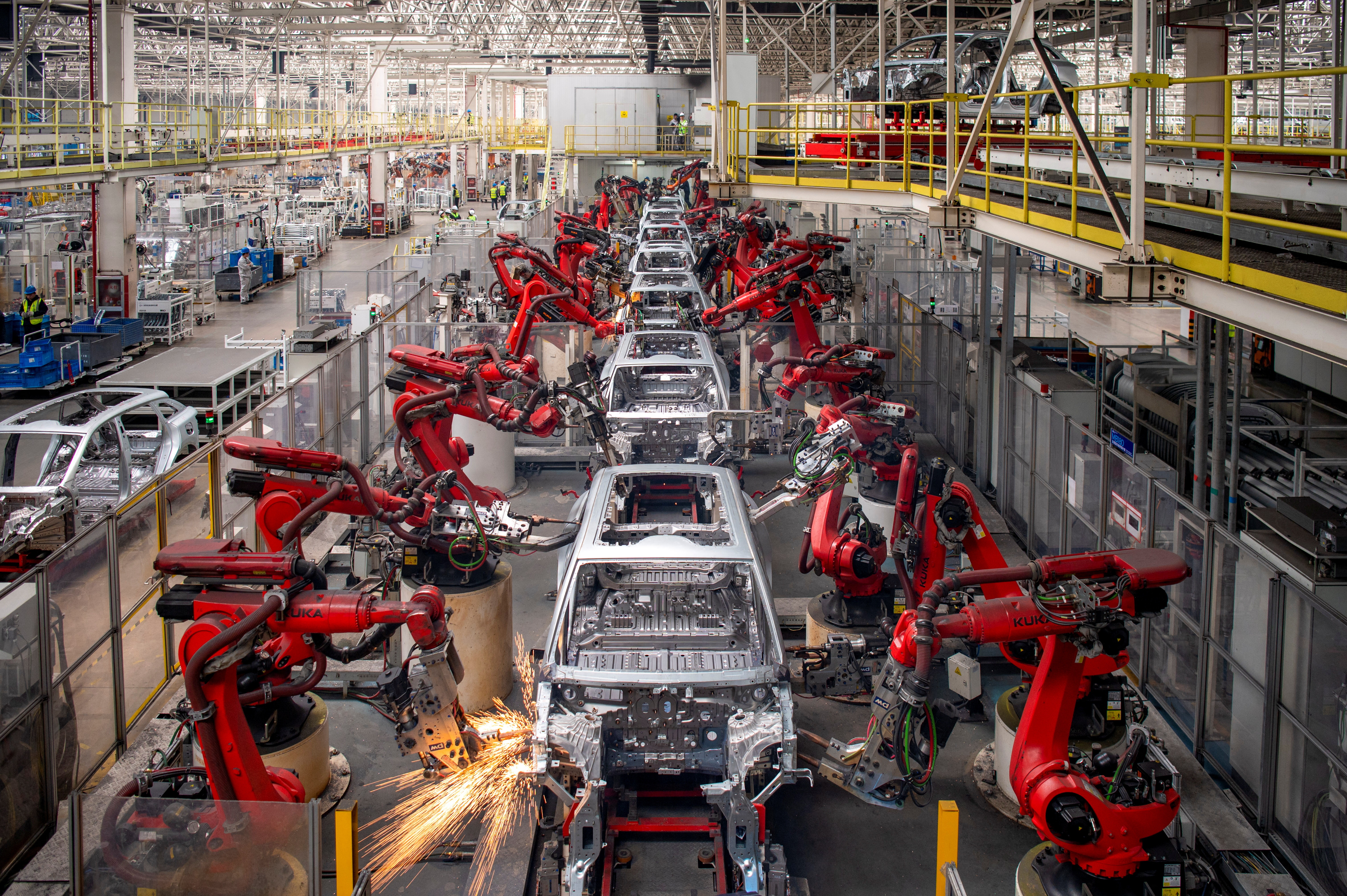
Several large corporations have said they will set up new factories or production lines in the US (Photo: Reuters).
However, according to experts, it is unlikely that manufacturers with factories abroad will move their supply chains to the US due to the new tariffs in the context of many economic fluctuations. Even if businesses choose this option, they will face a major challenge: a serious shortage of skilled labor.
Some CEOs remain wary of making long-term business decisions based on a policy that may only last for a short time. “If these tariffs become permanent, there are a lot of factors to consider, like where to put the plant, should we move it,” General Motors CFO Paul Jacobson told investors last month.
“These are questions that are currently unanswered. As the market is pricing in the massive impact of tariffs and lost profits, imagine a world where we invest billions of dollars in infrastructure and then it ends. We can’t keep moving companies back and forth like that,” he added.
Why do businesses return to the US?
Six years ago, LVMH CEO Bernard Arnault and President Trump cut the ribbon to inaugurate a factory in Texas that produces handbags for the luxury brand Louis Vuitton.
However, since its grand opening, the factory has been plagued by production problems, Reuters reported, citing former Louis Vuitton employees. According to Louis Vuitton’s global statistics, the facility has consistently been among the lowest in terms of output due to a lack of skilled workers who meet the brand’s standards.
This presents a challenge not only for LVMH but also for other businesses that want to open factories in the US to avoid import tariffs.
Even if a large number of companies move to the US, the number of jobs created will be relatively small and more could be lost if the economy falls into recession, economists say.
During Mr Trump's first term, studies showed that his tariffs caused many industries to pay higher taxes, leading to more job losses than jobs created in protected industries.
"This strategy will not succeed in restoring US manufacturing," said Michael Strain, director of economic policy studies at the American Enterprise Institute (AEI), in a report.
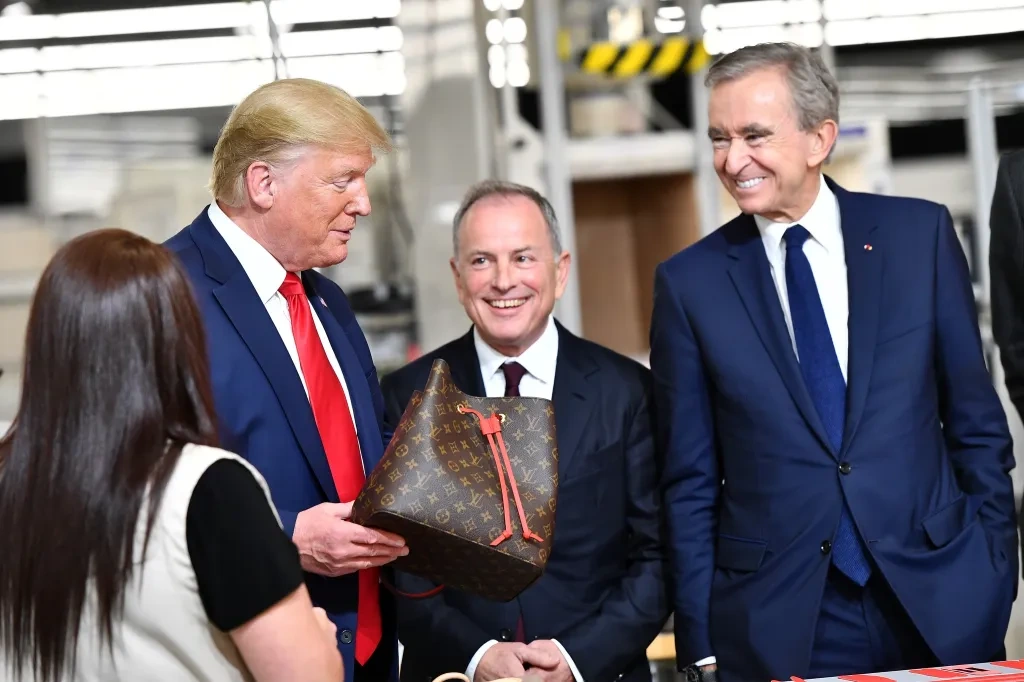
President Trump and LVMH CEO Bernard Arnault at a factory in Texas in 2019 (Photo: WWD).
According to Mr. Panos Kouvelis, professor of supply chain at the University of Washington, the new policy has at least caused some car companies to increase production in the US and buy steel and aluminum from domestic suppliers to avoid tariffs.
Some automakers may be able to adjust more easily because they have excess capacity and the electric vehicle supply chain is still in its formative stages, making restructuring easier.
But most automakers will likely wait and see how these tariffs play out for as long as possible, said Robert Lawrence, a professor of international trade and investment at the Harvard Kennedy School.
In addition to the auto industry, many other manufacturing industries are wary of reshoring to the U.S. EVCO, a Wisconsin-based plastic parts manufacturer, has been hit with steep tariffs on its molds for boats, ATVs and outdoor sports equipment made in China.
“It would be naive to think that relocating manufacturing is that simple — that we can just put a factory anywhere,” Anna Bartz, the company's vice president of communications, told the press.
Even with tariffs, shifting production to the U.S. is difficult, Bartz said. Labor costs in the U.S. are significantly higher than in China. It would also cost the company $12 million to $15 million and about a year to build a new factory in the U.S., plus another year to certify some of the manufacturing equipment. As a result, many companies are considering moving production to the U.S., Canada, or Mexico instead of the U.S. alone.
Can Trump revive American manufacturing?
Peter Navarro, a senior White House adviser and one of the architects of the tariff plan, said the ultimate goal of the plan is to “fill up half-empty factories.”
But America today is very different than it was 50 years ago. Instead of relying on millions of workers on assembly lines, modern factories are now largely automated, with robots taking over much of the work in place of humans.
This means that new or restarted factories will need fewer workers, but will require a highly skilled workforce and more specialized skills.
"Manufacturing jobs have changed dramatically. The number of workers needed has changed dramatically," Carolyn Lee, director of the Manufacturing Institute (MI) of the National Association of Manufacturers, told CNN.
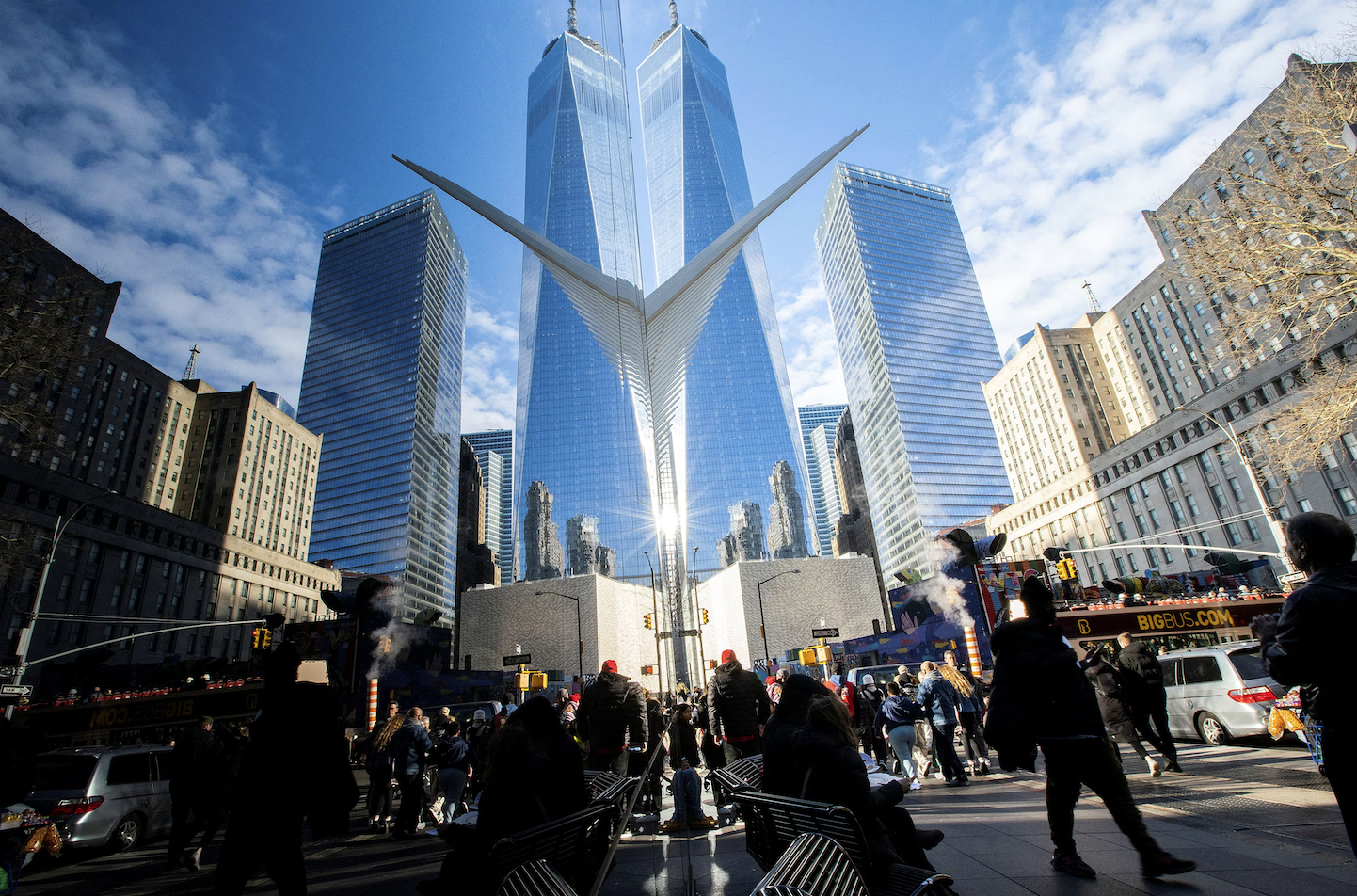
Current American labor is not suitable for the requirements of modern manufacturing (Photo: Reuters).
Olaf Groth, a professor at the Haas School of Business at the University of California, Berkeley, agrees with the push to bring manufacturing back to the U.S., but the country will have to upgrade its workforce from middle-level to higher-level skills. “The current U.S. workforce is not suited to the demands of modern manufacturing,” he said in the report.
In addition, imposing import tariffs to bring manufacturing back to the United States could hurt the workers the Trump administration has pledged to protect. Increased tariffs would drive up prices.
“Import tariffs are essentially a tax on domestic consumers and sellers, not foreign manufacturers,” JPMorgan said in a February report.
So Mr. Trump’s tariffs may be just one part of the effort to revive American manufacturing. Experts say that if tariffs do encourage companies to expand domestic production capacity, the next challenge will be to train the American workforce for modern manufacturing and make them excited about it.
In addition to the skills challenge, changing the supply chain also faces many barriers because it is a costly and time-consuming process, especially for high-tech industries.
Besides, depending on each industry, the supply chain of an enterprise has different constraints, from input materials, infrastructure, quality and labor costs to policies of the host country.
Experts remain skeptical about the long-term effectiveness of the new tariff policy. While some companies are taking steps to adapt to the tariffs, most businesses are not ready to commit to a large investment in a policy that could easily change.
Source: https://dantri.com.vn/kinh-doanh/giac-mo-hoi-sinh-san-xuat-my-cua-ong-trump-lieu-co-thanh-hien-thuc-20250420101520200.htm


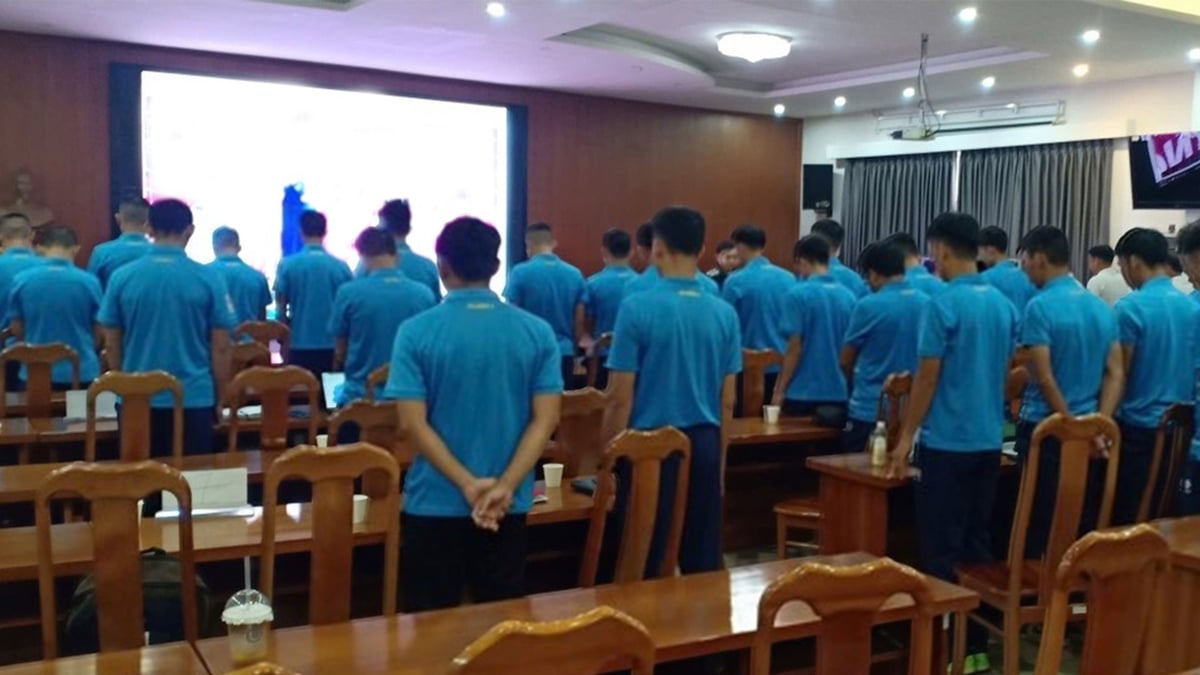



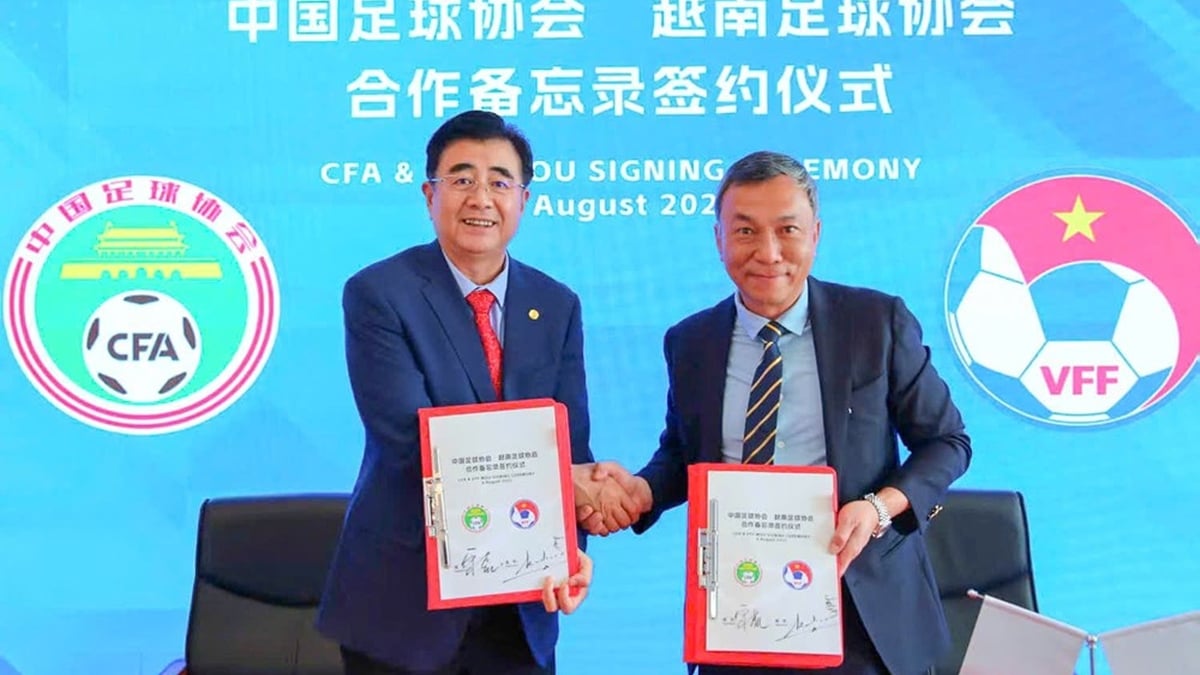




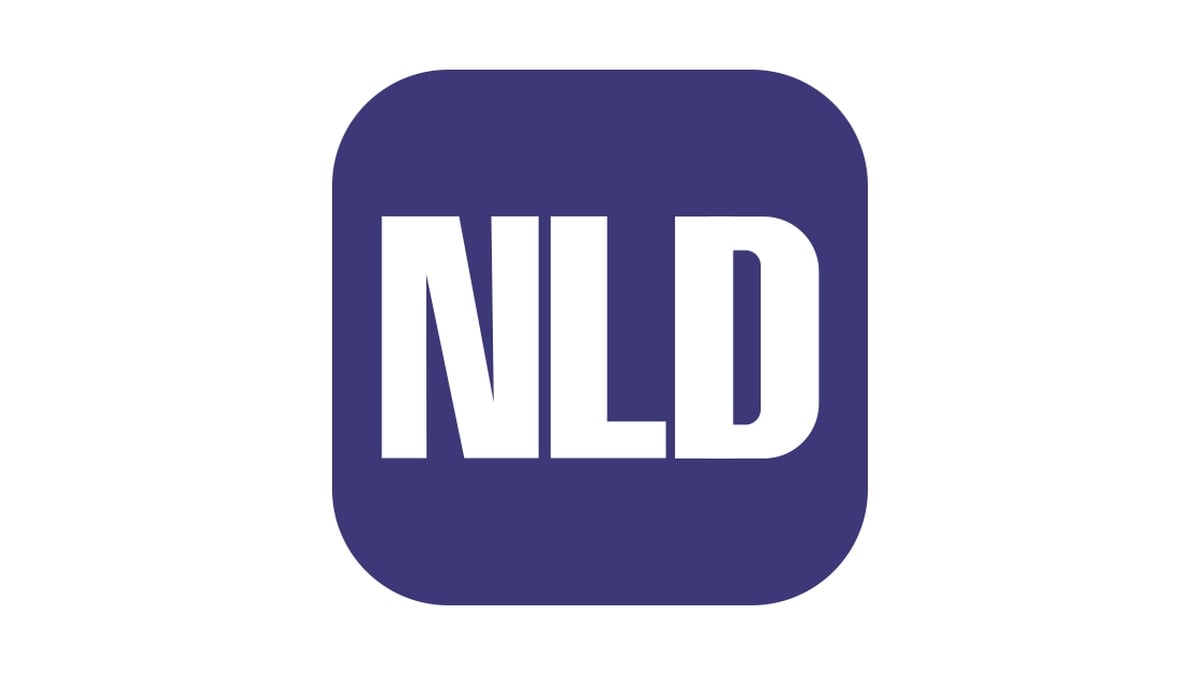

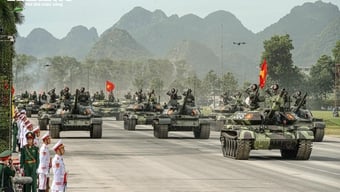










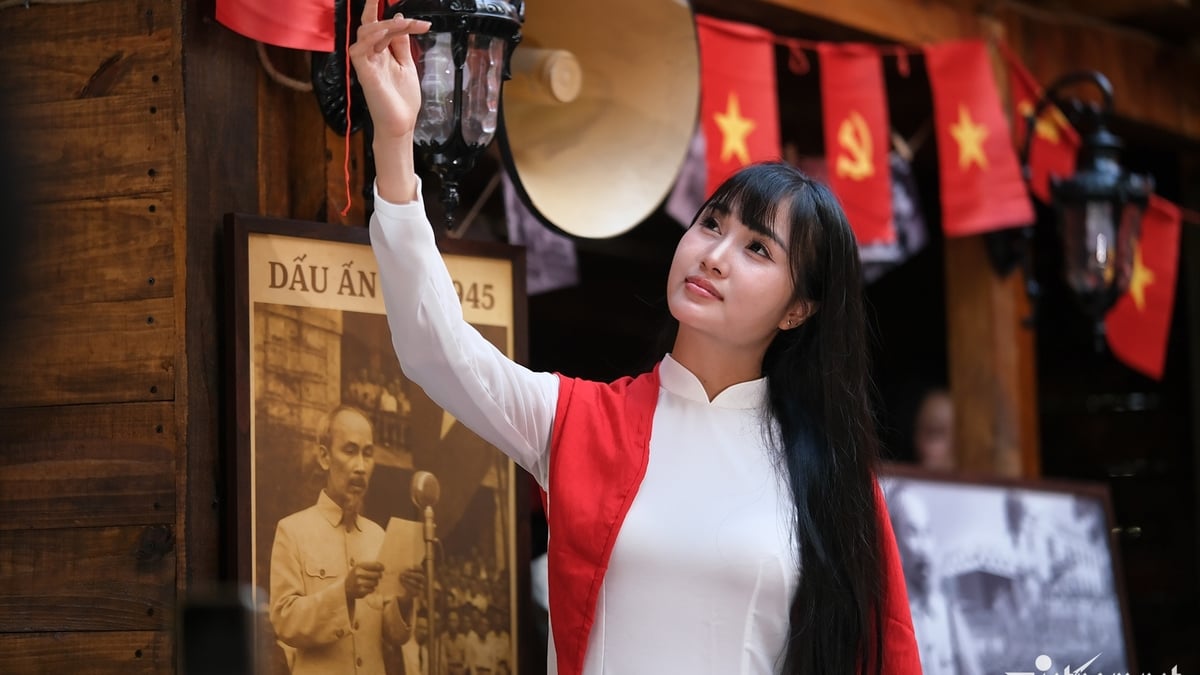
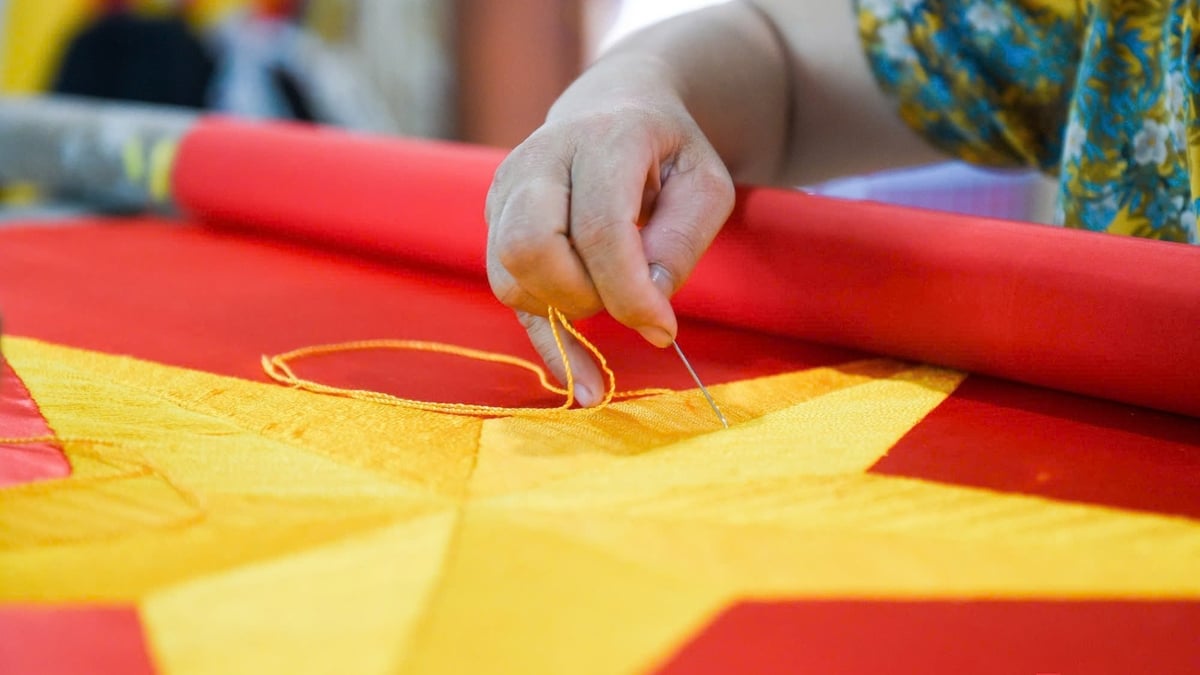
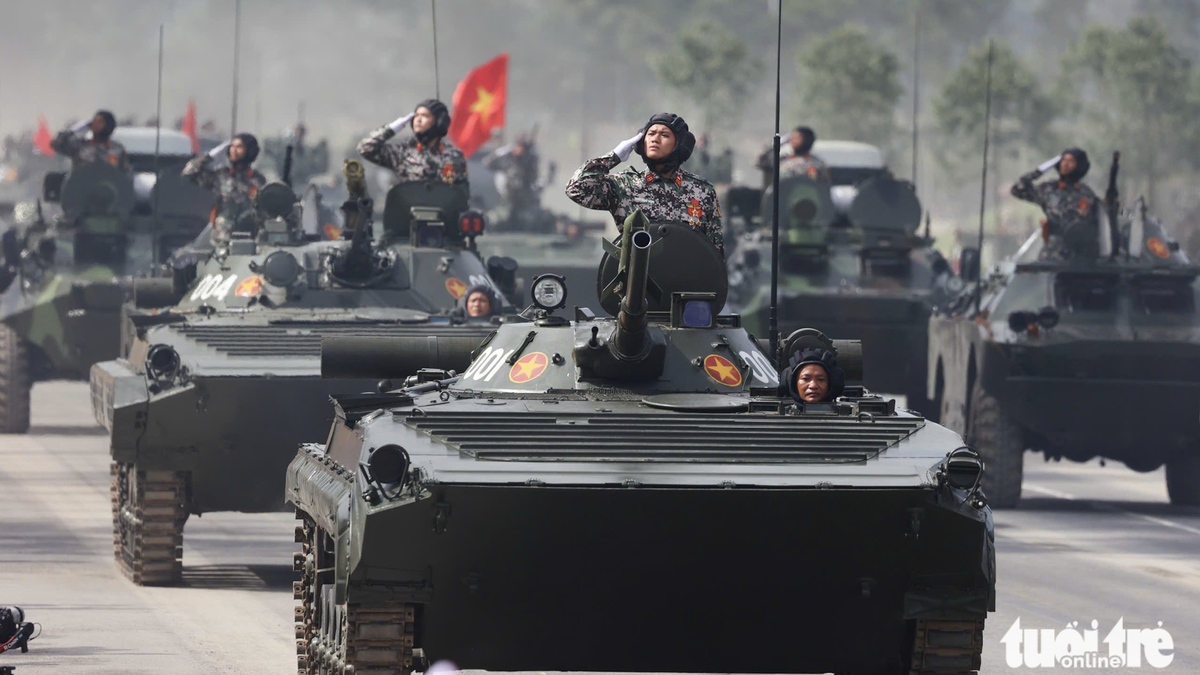
![[Photo] Nghe An: Provincial Road 543D seriously eroded due to floods](https://vphoto.vietnam.vn/thumb/1200x675/vietnam/resource/IMAGE/2025/8/5/5759d3837c26428799f6d929fa274493)
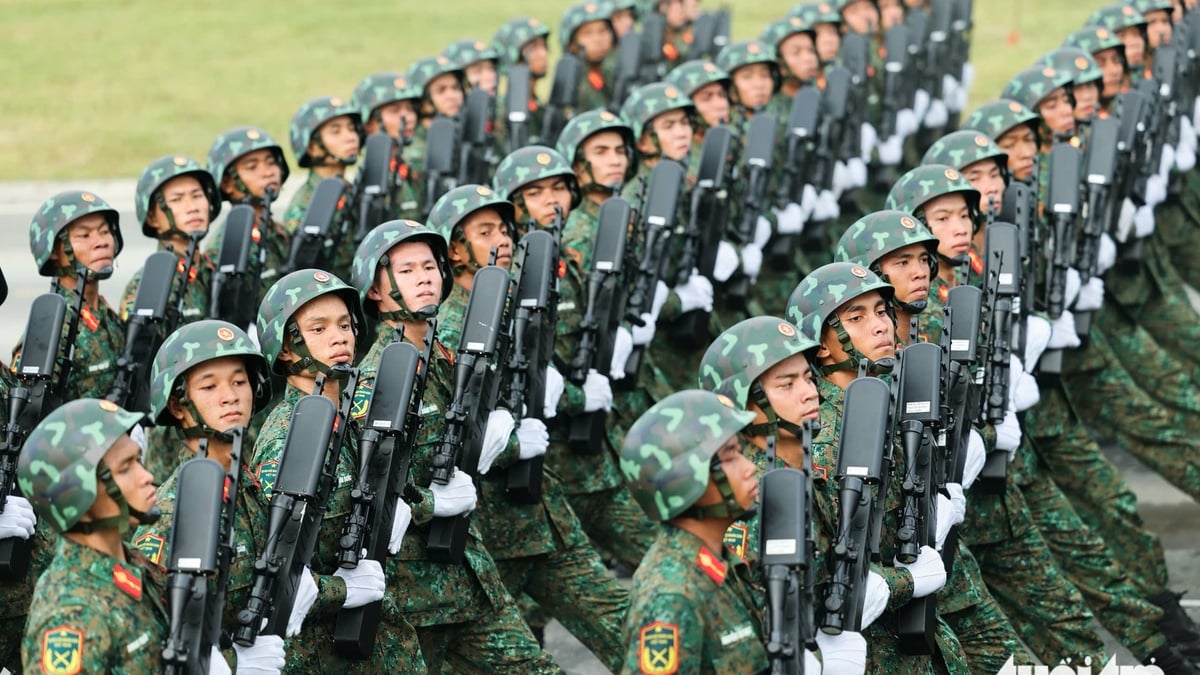
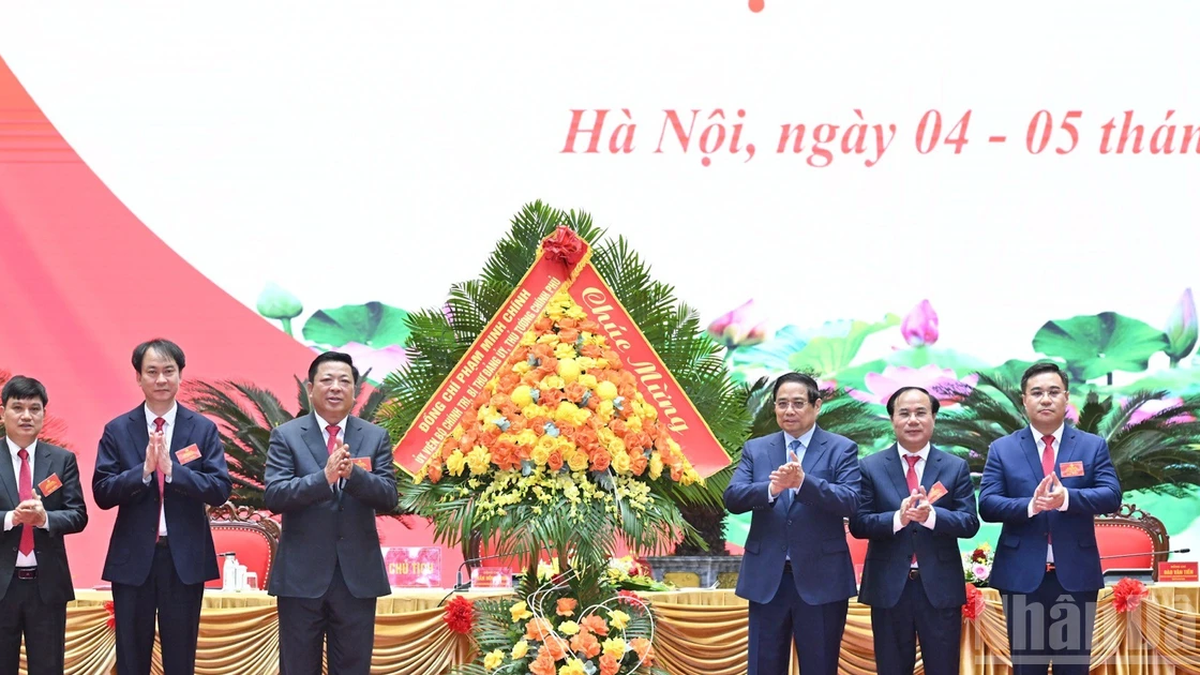




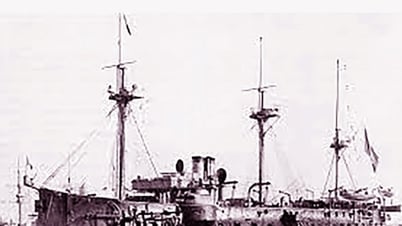


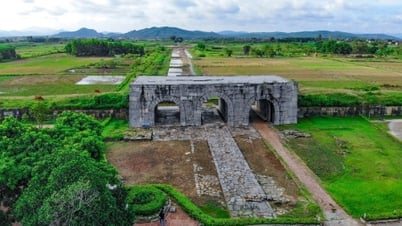











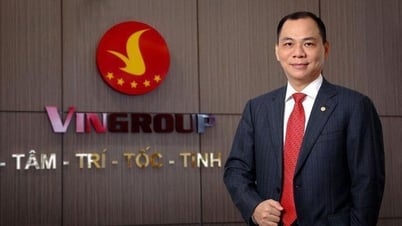



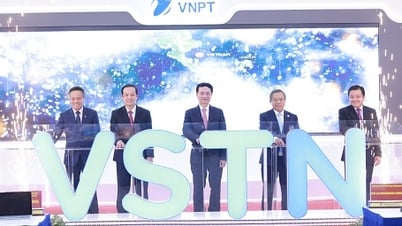

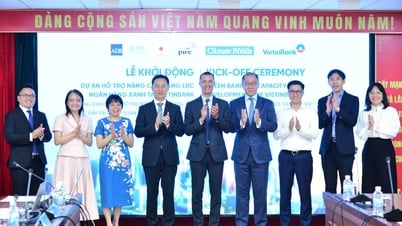
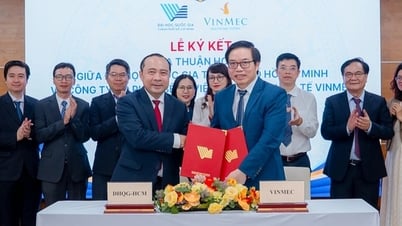
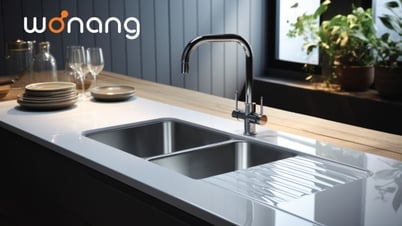

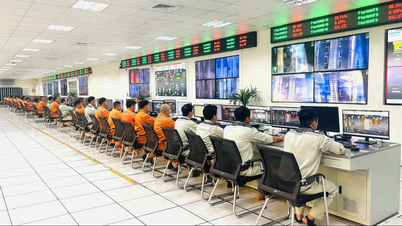

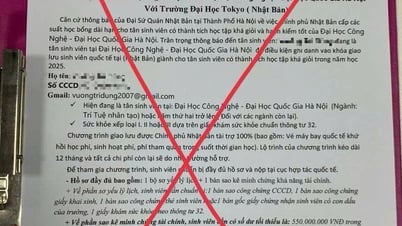
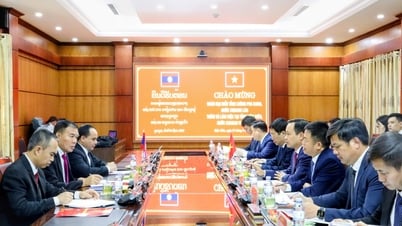


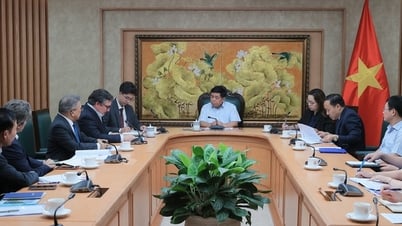




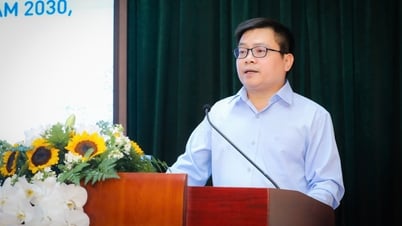

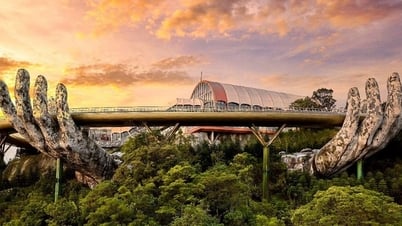
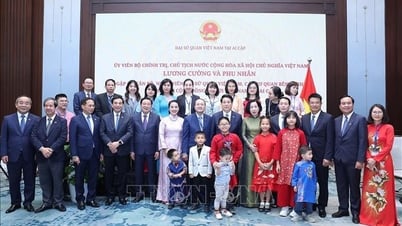

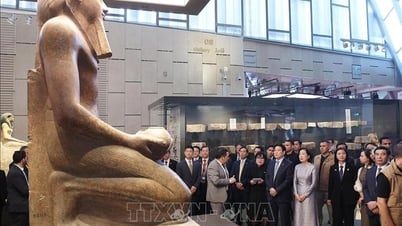
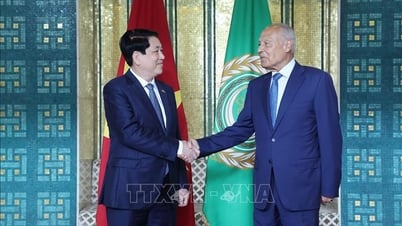







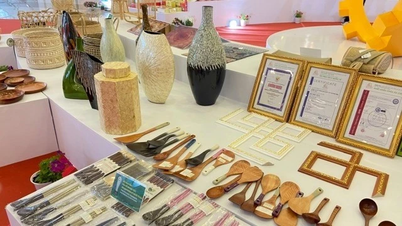

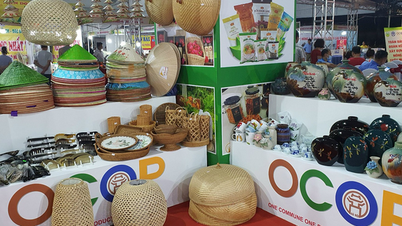
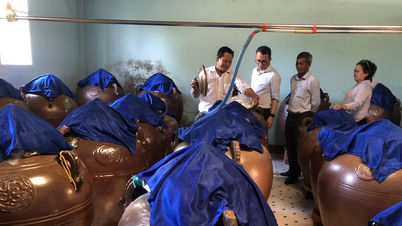


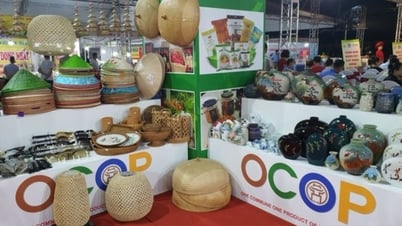

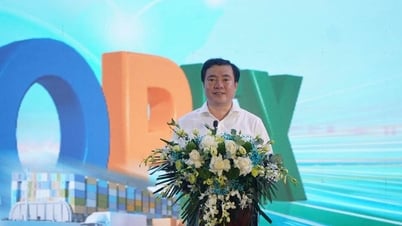





Comment (0)